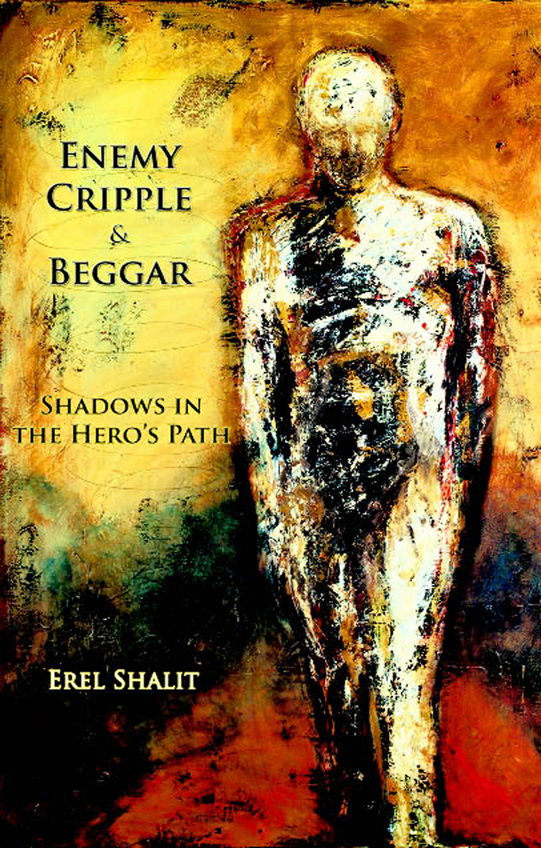A legend tells us that when a person is created, s/he is tied to God with a string. If s/he sins, the string breaks. But repentance during the Days of Awe brings the angel Gabriel down to make a knot in the string, and the person is once again tied to God. Because we all sin once in a while, our strings become full of knots.
But a string with many knots is, clearly, shorter than one without knots. Therefore repentance brings a person closer to God and, evidently, there is no repentance without a sin.
We cannot, so it seems, live a life without shadows, the completely pure, good and sin-free life. Such a life would be a clean and straight line. We spontaneously think of our string to God vertically, but if we imagine the line horizontally, the straight line characterizes life that has come to a standstill.
 |
| © Benjamin Schiff |
And the knots add knots – they link and connect, they bind and harden, they snare and ensnare, they complicate the passage but they enable holding on to the rope.
Not speaking about the professional sinner, sins are often committed unawarely, because we have not reflected well enough on our deeds, or when we have found ourselves torn by strife and conflict, or when “clouds have blurred our vision.”
Do the knots of sin and repentance really bring us closer to God, to the divine, to higher principles, to greater morality, to the Self as the messenger and seat of the divine in our souls?


Perhaps it depends on the manner in which we carry the burden of our sins, how we allow the sins we commit to affect us, to bring us out of innocence into greater complexity, how we reflect upon the sins we commit, how ably we respond – that is, what responsibility we take upon us, rather than the resolution and dissolution of crime and conflict.
The contact with our inner self may require the knots on the rope. Contact, relationship and knot are the same in Hebrew, kesher. The contact between human and transcendent, and the relationship between ourselves and others, upon which sins and shame, guilt and remorse are tied like knots, require, so it seems, that we hold the rope, in all its imperfection and complexity, with all its knotted tears.
The contact with our inner self may require the knots on the rope. Contact, relationship and knot are the same in Hebrew, kesher. The contact between human and transcendent, and the relationship between ourselves and others, upon which sins and shame, guilt and remorse are tied like knots, require, so it seems, that we hold the rope, in all its imperfection and complexity, with all its knotted tears.















